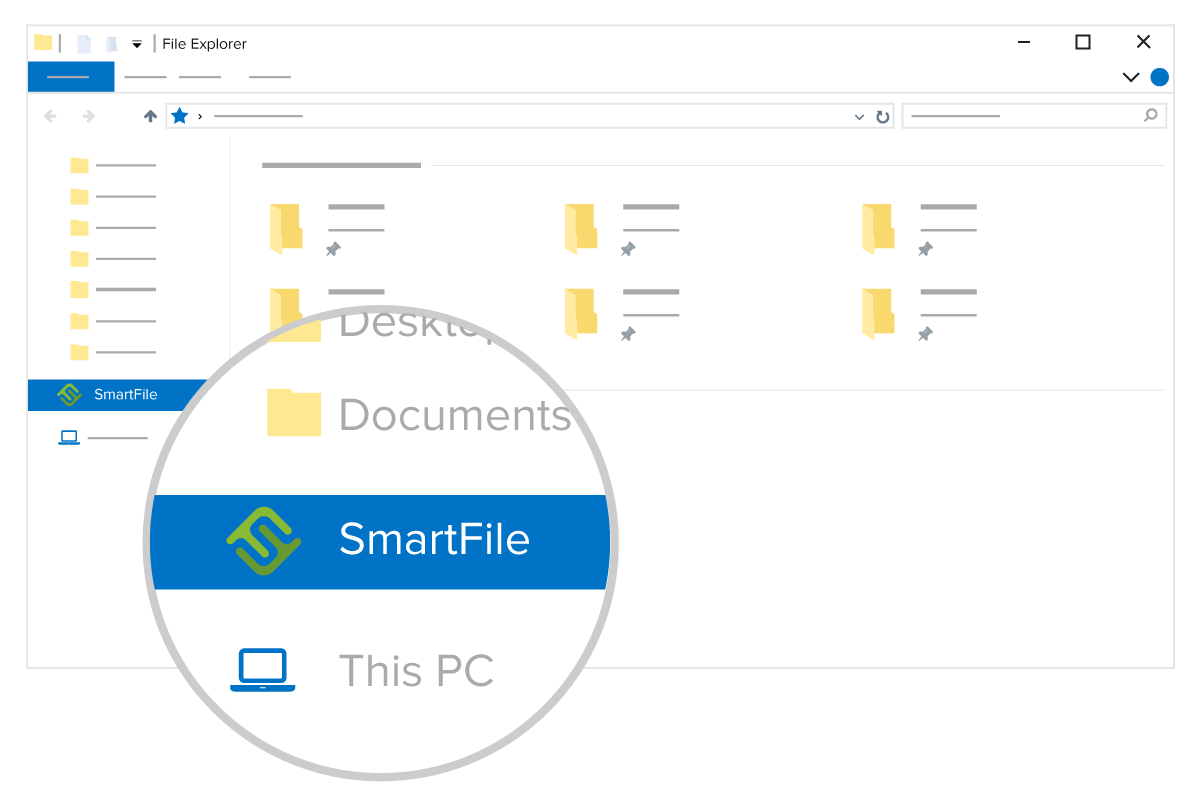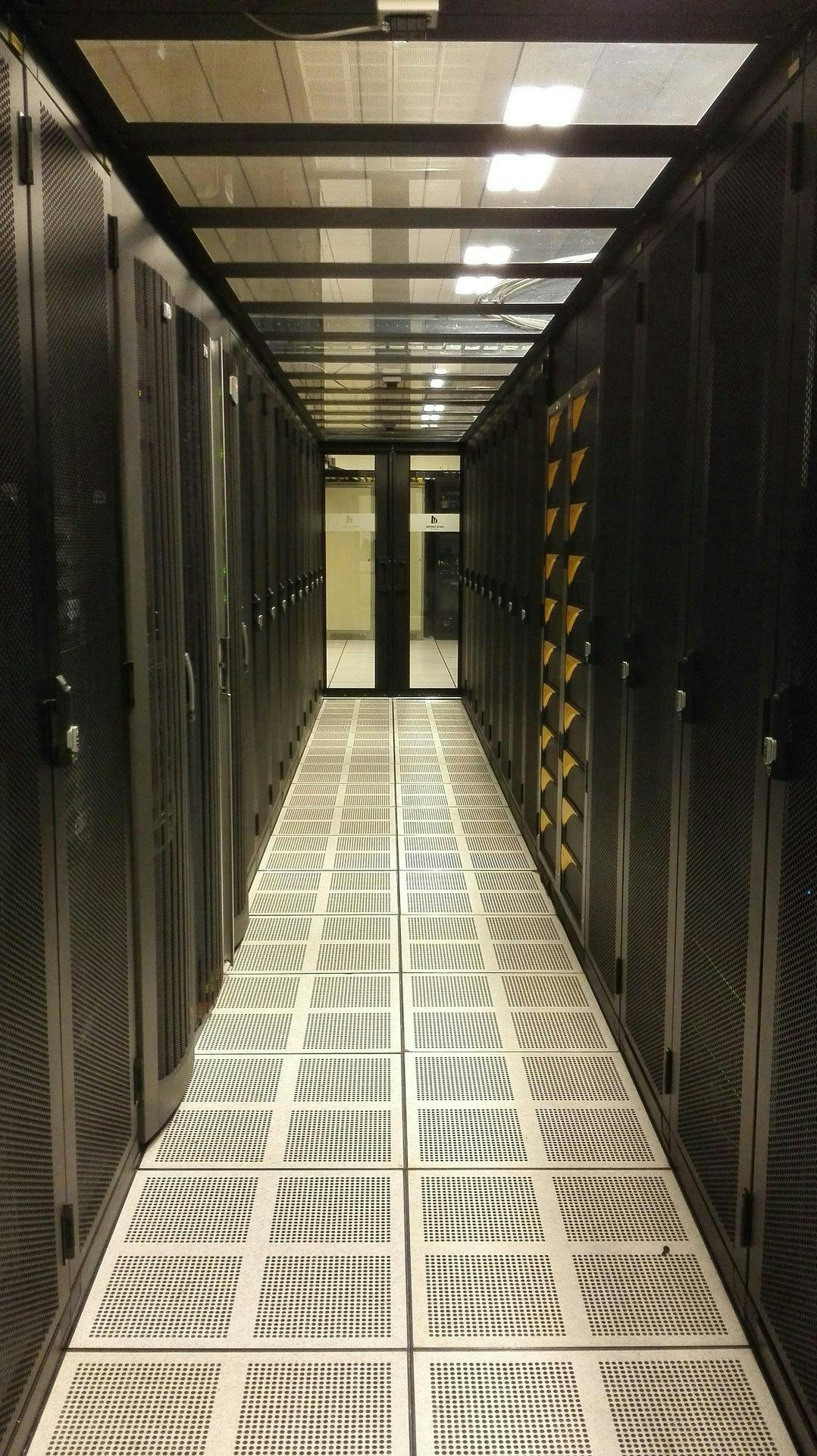Are your employees demanding a more intuitive way to share files? Of course they are. If you’ve been using traditional IT tools to enable a secure file exchange, like FTP, you’re probably dealing with Shadow IT headaches, whether you know it or not. Procuring a simple and secure FTP replacement is becoming a common task for IT.
FTP servers and clients aren’t broken, they’re just limited and old. Compared to intuitive consumer file sharing applications, especially those with strong mobile capabilities, FTP tools are a hurdle for many employees.
This article will quickly walk you through FTP replacement, including reasons to justify the change to upper management and the features you should look for. In addition, you’ll have the option to get our free guide to FTP alternatives as well.
FTP Replacement: Why It’s Necessary
First of all, we need to say congratulations to FTP as it closes in on its golden anniversary. That’s right, FTP has been around for nearly 50 years. To put that in perspective, if you’re putting your trust in FTP, you’re putting your trust in something that was around before President Nixon’s Watergate Scandal.
While improvements have been made and SFTP, FTPS and FTPES have been created to enhance security, everything about FTP still feels old to the end user. FTP clients often require an IP address, port number, username and password to gain access. There are also a lot of intimidating options to click when you’re setting up your connection. And then, if you accidentally upload, download or *gasp* delete the wrong thing, there is no going back.
Compared to consumer tools, FTP feels dated and, in turn, makes your company seem dated. An FTP replacement is necessary to prevent security and compliance risks that come from employees using unauthorized file sharing tools. Employees typically bring in these tools because IT has not given them a proper alternative.
While IT may not have the time or resources to find new tools, they know that the Shadow IT problem must be addressed. On top of the threats from inside the company, there are also a boatload of threats coming from external hackers. IT must address these threats, but monitoring tools like audit reporting and alerts are too difficult to setup or not at all executable (think about all those terrible scripts you need to create and maintain).
Even if you do manage to set up reporting, your employees will probably turn to their Shadow IT tools to send files to others inside and outside your organization. In fact, unlike even 10 years ago, when employees had little-to-no control over their machine, they are now very good at finding ways to overcome perceived obstacles, even if it unknowingly puts the business at risk.
We haven’t even touched permissions yet. With FTP, users will share credentials with internal and external users all the time. It’s much easier to hand out their username and password than waiting for IT to take time to handle this low priority ticket. When handing out login information, it creates an access and compliance nightmare.
So, while your FTP server or tools are closing in on the big 5-0 anniversary, your business probably isn’t ready to celebrate that fact.
Is FTP REALLY That Bad?
Even though we’re giving FTP a hard time, it still has some solid modern use cases. It’s great for massive files. FTP clients will reconnect with a server if a connection is dropped and restart when it can. You can queue up files natively from your machine to upload overnight. Users that aren’t part of your organization can quickly send and receive files.
So, the problem isn’t that FTP is altogether bad, it’s just outdated. The best FTP replacement will offer the most attractive benefits of FTP while enhancing or eliminating its weaknesses. Keep reading to see what you should be looking for in an FTP replacement.
The Ultimate FTP Replacement
If you’re ready to send your FTP server to the recycling center at this point, you’re moving in the right direction. But what’s a solid FTP alternative? Here are a few areas you need to focus on:
Accessibility – If no one uses your FTP alternative because it’s a pain or doesn’t work in their preferred way, why bother getting one? Your new solution needs to eliminate Shadow IT headaches and be usable by anyone — regardless of their technology skill level. It should be usable on any device and location that employee is working that day while minimizing security risks.
Here are some accessibility features to look for in your FTP replacement:
- Brandable Browser User Interface
- Traditional FTP/SFTP/FTPS/FTPES Client Access
- WebNAV/Mounted Drive Access
- Outlook Integration
- Mobile and Tablet Interface
- API Integration for Custom Software
- No VPN Requirement for Remote Access

Your FTP replacement needs to be directly integrated into your team’s daily activities for people to use it, so you need a tool that can do just that. Luckily, I have something in mind, just keep reading to find out what it is…
Security, Compliance and Permissions – You need to know what’s going on with your files and you need to be able to manage that piece directly. FTP replacements should give you incredible control over file and user permissions, along with general IT security tools like anti-virus scanning that you won’t typically find on your traditional FTP server.
Here are some security and compliance features to look for in your FTP replacement:
- Multiple Layers of Firewalls of Differing Technology
- Granular User Permissions and Roles
- Email Based Activity Notifications
- Backup Options and Redundant Storage Options
- Audit Logs and Reports
- Behavioral Based Visual Analytics Dashboards
- File Versioning Control
- Encryption At Rest and During Transfer
- Complete Control Over Encryption Keys
- High Availability and Failover Options

Do you need every feature listed above? Maybe not. But you probably need the majority of them. Your chosen FTP replacement should give you the option to add on some of those features where needed, or even include the vast majority of them.
Affordable Scalability – Every product is scalable, with the right amount of investment on either your behalf or the product’s. But it would be nice for an FTP replacement to provide incredible scalability at an affordable value without work on your team’s behalf.
Here are some scalability features to look for:
- Unlimited Internal and External User Plans/Options
- Ability to Scale Storage or Hardware Up and Out
- Multiple Location Capabilities
- Infinite Connections
Ultimately, if your FTP replacement isn’t manageable as your business grows, then it’s not worth having. Your FTP alternative shouldn’t struggle as you scale.
What You Should Buy
FileHub™, SmartFile’s on-premises appliance, can meet all of these requirements. In fact, even SmartFile’s cloud product can provide many of the solutions as well.
SmartFile can replace your current self-hosted FTP server and it can even act as your traditional file server replacement. While an on-premises deployment will give you more options, the cloud will be more affordable.
Regardless of the deployment option, SmartFile will take care of the setup, installation, maintenance and upgrades. If you’re ready to eliminate headaches caused by FTP, then start the process of consolidating legacy file sharing, FTP and file servers into one platform by contacting our sales team below.
